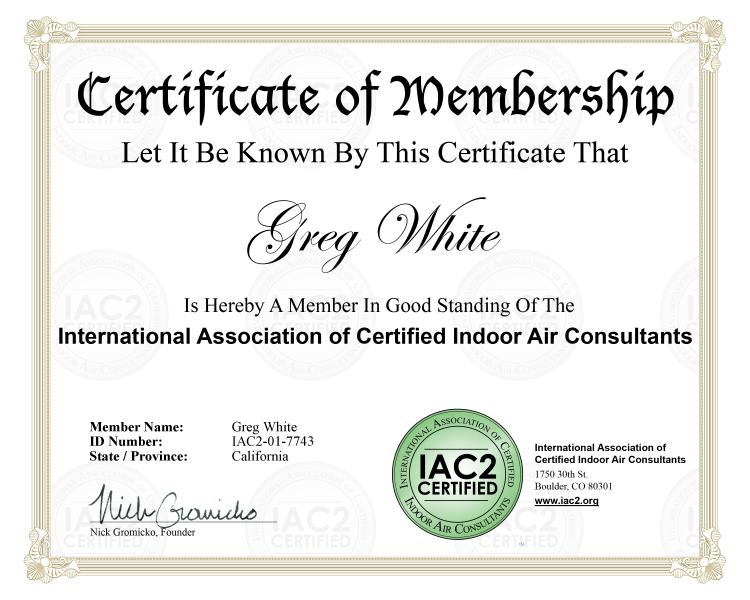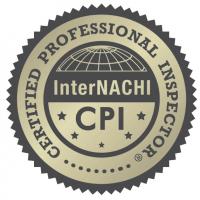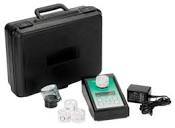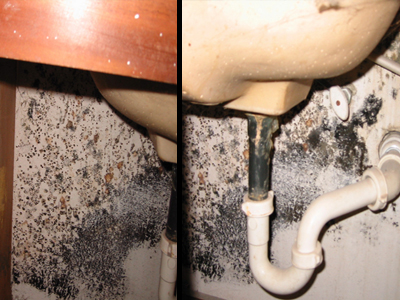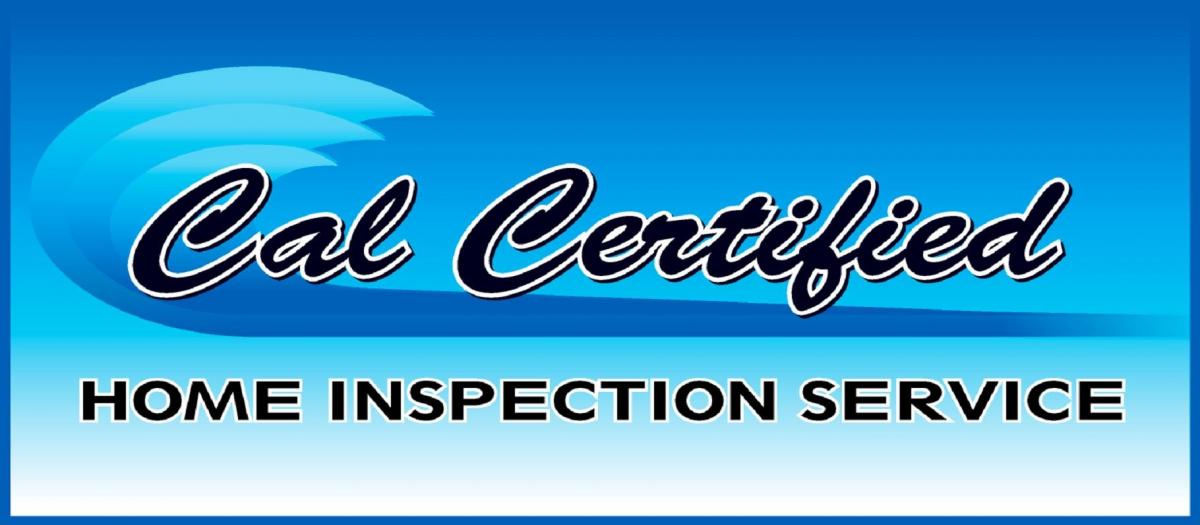 |
What Is Inspected?
Types of Mold Inspections
Complete Mold Inspection:
The Complete Mold Inspection is performed by an IAC2-certified mold inspector.
(Refer to Section 2 of the IAC2 Mold Inspection Standards of Practice.)
The Complete Mold Inspection is performed in accordance with the
Mold Inspection Standards of Practice of the International Association of
Certified Indoor Air Consultants (www.IAC2.org).
The inspector shall perform:
A non-invasive, visual examination of the readily accessible, visible and installed systems and components of the building, as outlined in the IAC2 Mold Inspection Standards of Practice;
Moisture, temperature and humidity measurements;
At least three air samples (one indoor and two outdoor); and
possibly one surface sampling at an area of concern.
The inspector shall report:
Moisture intrusion;
Water damage;
Musty odors;
Apparent mold growth;
Conditions conducive to mold growth;
The results of a laboratory analysis of all mold samplings taken at the building; and any system or component listed in the Standards of Practice that was not visually examined, and the reasons they were not.
Unless the inspector and client agree to a limitation of the inspection, the inspection will be performed on the primary building and parking structure.
A Complete Mold Inspection includes:
A visual examination of the entire building, its systems and components;
Moisture, temperature and humidity measurements; and
taking mold samples.
Limited Mold Inspection:
The Limited Mold Inspection is performed by an IAC2-certified mold inspector. (Refer to Section 3 of the IAC2 Mold Inspection Standards of Practice.)
The difference between a Complete Mold Inspection and a Limited Mold Inspection is a limitation of the non-invasive, visual examination of the building. The Limited Mold Inspection does not include a visual examination of the entire building, but is limited to a specific area of the building identified and defined by the inspector.
Prior to the inspection, the inspector and client shall agree to the limitations of the visual examination. As a result, potential sources of mold growth in other areas of the building may not be inspected.
The inspector shall perform:
A non-invasive, visual examination of the readily accessible, visible, and installed systems and components of only the specific room or area defined by the inspector and agreed to by the client;
At least three air samples (one indoor and two outdoor); and
possibly one surface sampling at an area of concern.
The inspector shall report:
Moisture intrusion;
Water damage;
Musty odors;
Apparent mold growth;
Conditions conducive to mold growth; and the results of a laboratory analysis of all mold samplings taken at the building.
The Limited Mold Inspection is a fast and affordable way to confirm the existence of mold and, if possible, determine the type of mold present in a specific, defined area of the building.
An Example of a Limited Mold Inspection:
The inspector’s client requests a Limited Mold Inspection to be performed. The scope is specifically limited to the under-floor crawlspace of the building. Only the crawlspace will be inspected, including a non-invasive examination of the crawlspace. At least one mold sample will be taken, typically a tape sample, if apparent mold is visible.
A Limited Mold Inspection Includes:
A visual examination limited to a specific, defined area of the building; and mold samples.
Please Click The Link Below For The Complete IAC2- Certified Mold Inspector Standards of Practice
/system/files/userfiles/MOLD%20SOP-WORD.doc
